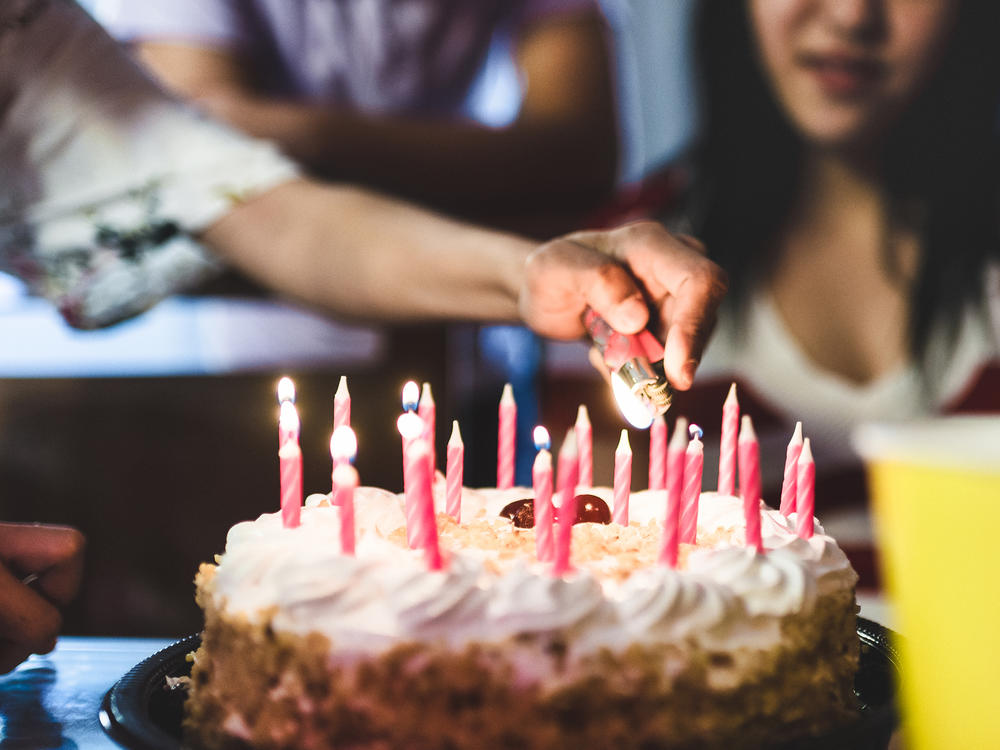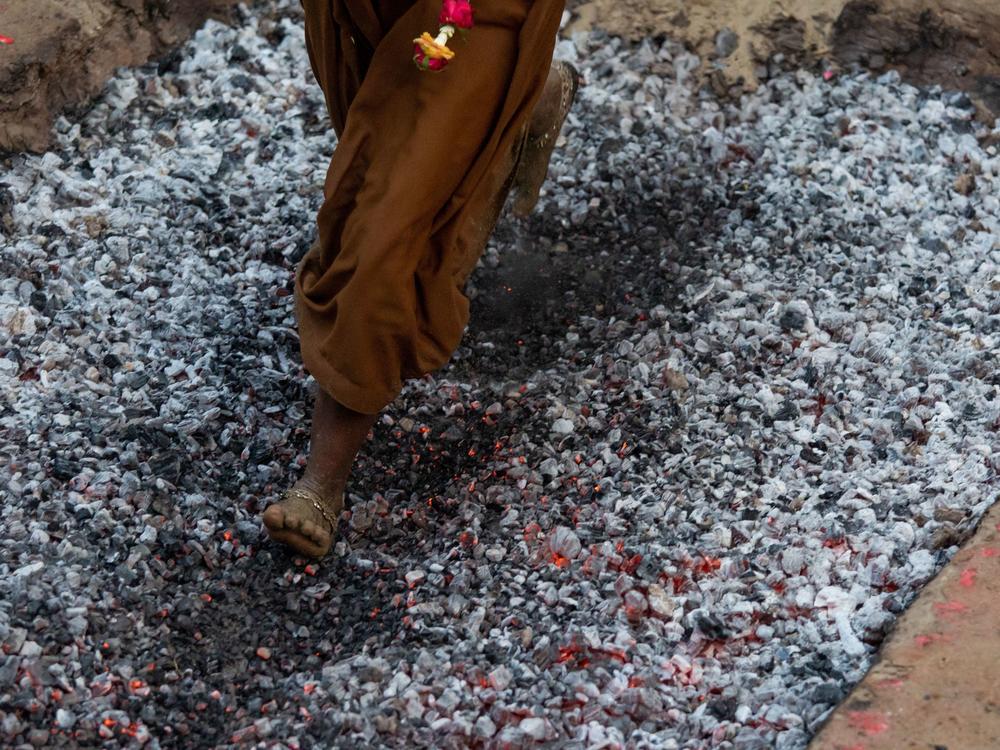Section Branding
Header Content
Your everyday rituals do impact your life — just not how you might expect
Primary Content
From wearing a lucky pair of socks, to following family traditions, rituals are embedded in our everyday lives.
Dimitris Xygalatas is an anthropologist and scientist at The University of Connecticut, and recently wrote Ritual: How Seemingly Senseless Acts Make Life Worth Living.
In his book, he explores our relationships with rituals, big and small, and the social, physical, and economic impacts they have on our lives.
"Rituals are central to virtually all of our social institutions. Think of a judge waving a gavel or a new president taking an oath of office," he writes. "They are held by militaries, governments and corporations, in initiation ceremonies, parades, and costly displays of commitment. They are used by athletes who always wear the same socks in important games, and by gamblers who kiss the dice or cling on to lucky charms when the stakes are high."
Xygalatas argues the need for ritual is primeval and may have played a pivotal role in human civilization. He joined All Things Considered to explain some of his findings.
This interview has been edited for length and clarity.
Interview Highlights
On the real-world impacts of rituals
As we study ritual from both a humanistic, but also a scientific perspective, we come to see that even if people engage in those rituals without an explicit purpose, or even when they do have a purpose, there is no particular causal connection between the actions they undertake and that purpose. So for example, when I perform a rain ritual, there is no connection between my movements and water falling from the sky.
But even so, that does not mean to say, just because ritual does not have any direct causal effect in the world, it does not mean that it has no effect in the world at all. In fact, rituals play very important functions in human societies. They help individuals through their anxieties, they help groups of people connect to one another, they help people find meaning in their lives.
On measuring the personal impact of rituals
Anthropologist Bronislaw Malinowski conducted his research in a place that is today part of Papua New Guinea, the Trobriand islands. He noticed that the local fishermen would perform a lot of rituals before going out to fish in the open sea, which was dangerous, very uncertain. But before going out to fish in the lagoon, they weren't performing the rituals.
So he argued that perhaps ritual is a coping mechanism that helps these people soothe anxiety. And this was a proposal that anthropologists reiterated for about 100 years. But nobody had the means to actually test it. So a few years ago, my colleagues and I first drove people into the lab, and we stressed them up. And we used motion sensors to measure their behavior. We found that the more stressed they got, the more ritualized their behavior became. It started becoming patterned and repetitive.
Now to see whether this actually helped them reduce anxiety, we went into real life temples — for example, Hindu temples on the island of Mauritius — and we measured people's physiological responses. And there, we saw that as they go into the temple, and they perform these familiar prayers that they do, this helps them reduce their galvanic skin response. It helps them increase heart rate variability, it helps them reduce cortisol levels, and even at the person's perceptual level, it helps them reduce their feelings of anxiety. So these rituals actually seem to work.
On the value of more extreme rituals, like fire walking
Even rituals that seem to be painful, stressful, or outright dangerous, they seem to have tangible, and in fact measurable, utility and functions for the people who perform them.
For example, in the context of a fire walking ritual in Spain, we found that during this ritual, people's heart rates synchronized. This was not just an effect of people moving at the same time — their heart rates would synchronize no matter what they were doing, at the same time; some of them were walking on fire, others were watching it.
Actually, this effect was stronger for those who were closer to each other socially. That shows these rituals play a role in bringing the emotional reactions of the members of that community in alignment. And by aligning our experiences or aligning our emotions, those rituals can actually lead to social alignment.
How COVID impacted our approach to rituals
The COVID pandemic was one of the best lines of evidence for the importance of ritual. It created this unique conundrum. People turn to ritual — to find social connection and to soothe their anxiety. So this was the time that we needed these two things the most. But at the same time, one of the most common cultural technologies that we have for approaching those things are no longer available to us, because people could no longer get out of their house, get together and perform those collective ceremonies that are so meaningful to them.
So of course, what happened was that people spontaneously started either adapting traditional ceremonies — for example, we saw drive-thru weddings — or they started creating new ceremonies. That's like what we saw when people in big cities came out on their balconies and started banging pots and pans together, in a show of solidarity.
Copyright 2022 NPR. To see more, visit https://www.npr.org.


